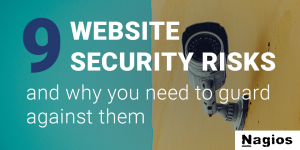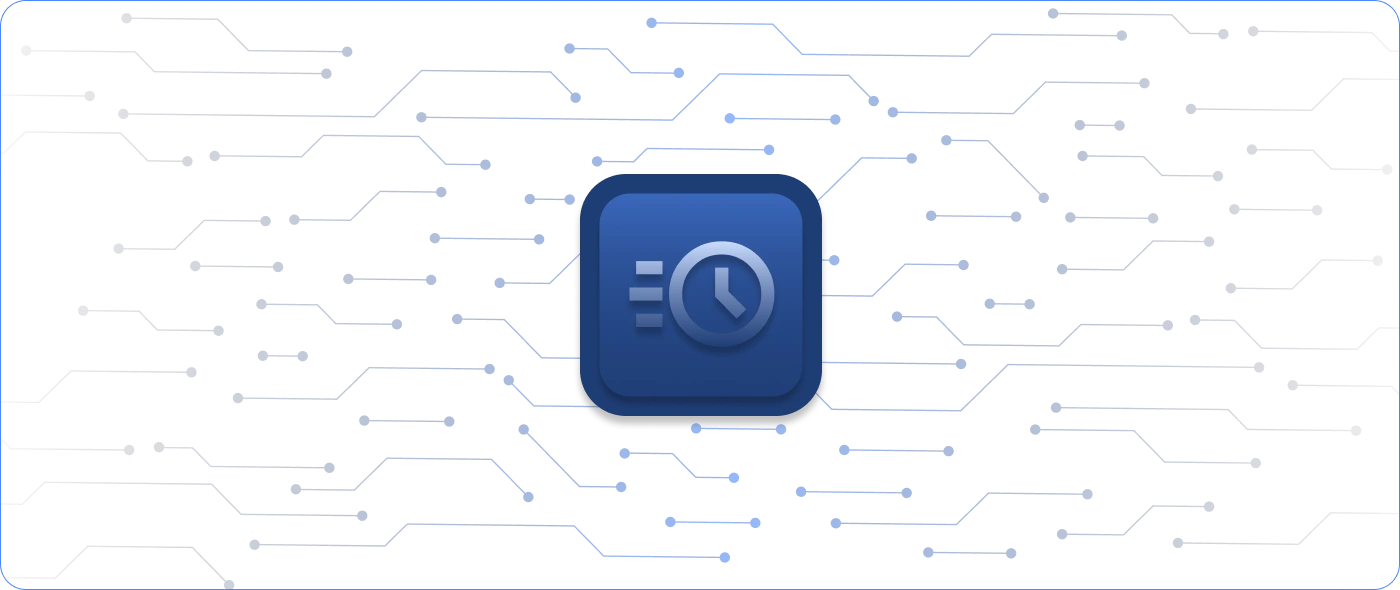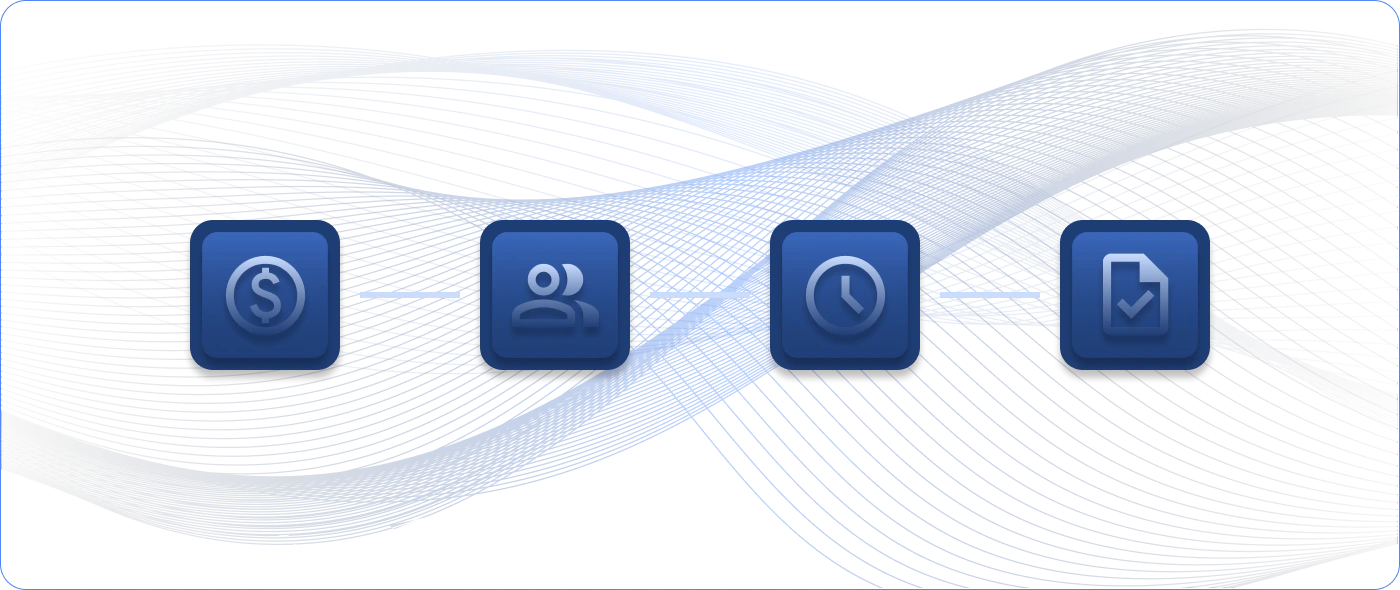Your website is the home base for many current and potential clients to make purchases and learn more about your products, tools, offerings, insights, and more. Knowing if your website is secure and keeping company and user information safe is critical to growing a thriving business. When there are numerous ways to harness information, the risk of hackers obtaining a website is high. Fortunately, you don’t have to start from scratch. These nine areas to monitor on your website are worth considering adding to your cybersecurity stack.
1. Defacement
When the visual appearance or copy of a website suddenly changes and doesn’t match the original content, this can be a result of a website defacement attack. A study conducted by Trend Micro investigated over 13 million instances of web defacement and found that most instances were a result of hacktivism to obtain money, some level of political advantage, or both. Keep in mind that the most susceptible websites were using open-source Apache servers on a Linux operating system.
Monitoring your website against defacement can save your organization thousands of dollars in lost revenue and downtime.
2. URL Changes
Like defacement, URL changes occur when a hacker takes control of a website. The URL change often occurs on pages that are crucial for customers to gain access to the organization, such as billing portals or sales contact forms.
Because URLs are often a long string of numbers and letters, information within them can be changed and go unnoticed. Having a tool to measure these small changes and passively check the URL string with frequency can reduce the risk of your website being hijacked or defaced.
3. Domain Name System (DNS) Changes
The Domain Name System (DNS) isn’t always associated with cyber security or awareness, but it is an important way to monitor changes in domain registrations and control.
A DNS change can be used to hijack or clone a website, disrupt business, and create other challenges. If someone were to clone a website and try to harness information, the combination of this and other tools would clarify the root cause of the problem. For example, if a website is defaced, you would know that it was vulnerable to this attack because of a DNS change.
4. Secure Sockets Layer (SSL) Certificate Expiration
The secure socket layer verifies that the connection between the website’s server and the user (the web browser) is protected from encryption or third-party users accessing information.
An SSL certificate expiration doesn’t typically lead to hijacking, like defacement or URL changes. However, it can lead to users being hacked for personal data, which puts your company’s reputation at risk. An error saying the SSL has expired may cause users trying to visit your website to question if you’re a legitimate business.
5. File Integrity Monitoring (FIM)
As you build a website, you quickly realize that there are countless files being stored in a directory that should remain unchanged forever, unless authorized.
File integrity monitoring (FIM) is a strategy to stay on top of any illicit activities and address any unwanted changes before they escalate. If your organization holds sensitive data, it’s even more important, as FIM is often required to meet compliance standards with HIPAA and PSI DSS.
6. User Count
User count has everything to do with both the user interface and the data stack of a website. On the front end, user count is one way to gain insight into how people are responding to your website. According to WebFX, 89% of consumers will choose a competitor if they have a bad experience with your website. Analytics involving peak traffic times, most visited pages, and the overall user count of your website will give you specific data to use as you strategize your website and its content to win business.
In the data stack, monitoring user count refers to the data server and how many people are using it. While anyone can access the front end of a site, only administrative or high-level security users should be able to access the server. Monitoring the number of users on a server illuminates how effectively your servers work or if there are people creating changes and accessing information they shouldn’t.
7. Process Count
A server should only be doing a small number of processes at a time that keep the rest of your infrastructure up and running. Additionally, the settings of a process count on a server will rarely ever change, so if they do, it’s a good indication that there’s a problem. Running a passive check on your process count is a great way to stay on top of errors and know the healthy parameters of your infrastructure.
8. Bandwidth Usage
Bandwidth is a measure of how much data is being delivered through a network at any given time. It doesn’t correlate to the speed of these transmissions, but to the volume of information being sent. Monitoring bandwidth usage is a great way to leverage cyber security and be aware of this activity.
The most common way that bandwidth usage is harnessed to negatively impact organizations is when hackers can use a service to piggyback off existing information. For example, a hacker might be using phishing techniques to send tens of thousands of emails every hour. This is using a huge amount of bandwidth and gigabytes, which quickly becomes expensive in terms of server usage and cleaning up the mess left behind.
9. Database Queries
Database monitoring protects the performance and uptime of your infrastructure by answering questions like how many users are on the website or what products and SKUs have been selling well and need to be restocked.
Data breaches are common and will increase by 69% in 2021 compared to 2020. Like the other website monitoring techniques mentioned, a database query protects against similar threats: compromised personal and organizational information, damaged reputations, broken SLA’s, unexpected downtime, and the direct and indirect costs of these circumstances. Running queries on your database and monitoring any outliers is invaluable to your website’s security when so much information is available behind the scenes.
10. Log Monitoring
Every action taken within a network is recorded and logged. Tracking various log types, such as systems, applications, or files, assists in finding patterns so that you can make informed decisions about your infrastructure and resources. Though this strategy doesn’t directly correlate to a website, it is a useful way to monitor the interactions users have with your content.
The more options you have in your cyber security toolbox, the more capable you are of avoiding threats to your business’s reputation, safety, and the safety of your customers. It’s time to take stock, see which of these nine tactics you’re currently using, and begin to fill in the gaps. It’s okay if you don’t know where to start; any one of these strategies will bolster your website’s cybersecurity plan.
When you’re ready to dive in, check out our step-by-step resource on how to implement these 9 tactics using Nagios XI.




